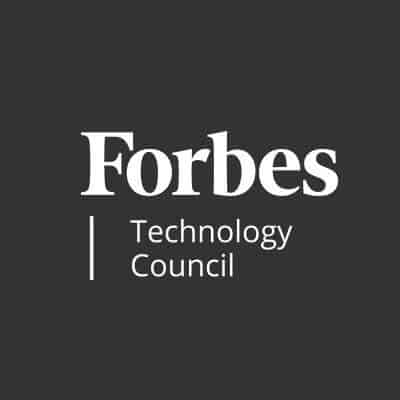
- 5 May, 2020
Ubiquitous AI Demands A New Type Of Database Sharding
Forbes published the following article by Dr. Jans Aasman, Franz Inc.’s CEO.


However, these use cases fail to actualize sharding’s full potential to maximize database performance in today’s post-big data landscape. There’s an even more powerful form of sharding, called “hybrid sharding,” that drastically improves the speed of query results and duly expands the complexity of the questions that can be asked and answered. Hybrid sharding is the ability to combine data that can be partitioned into shards with data that represents knowledge that is usually un-shardable.
This hybrid sharding works particularly well with the knowledge graph phenomenon leveraged by the world’s top data-driven companies. Hybrid sharding also creates the enterprise scalability to query scores of internal and external sources for nuanced, detailed results, with responsiveness commensurate to that of the contemporary AI age.









